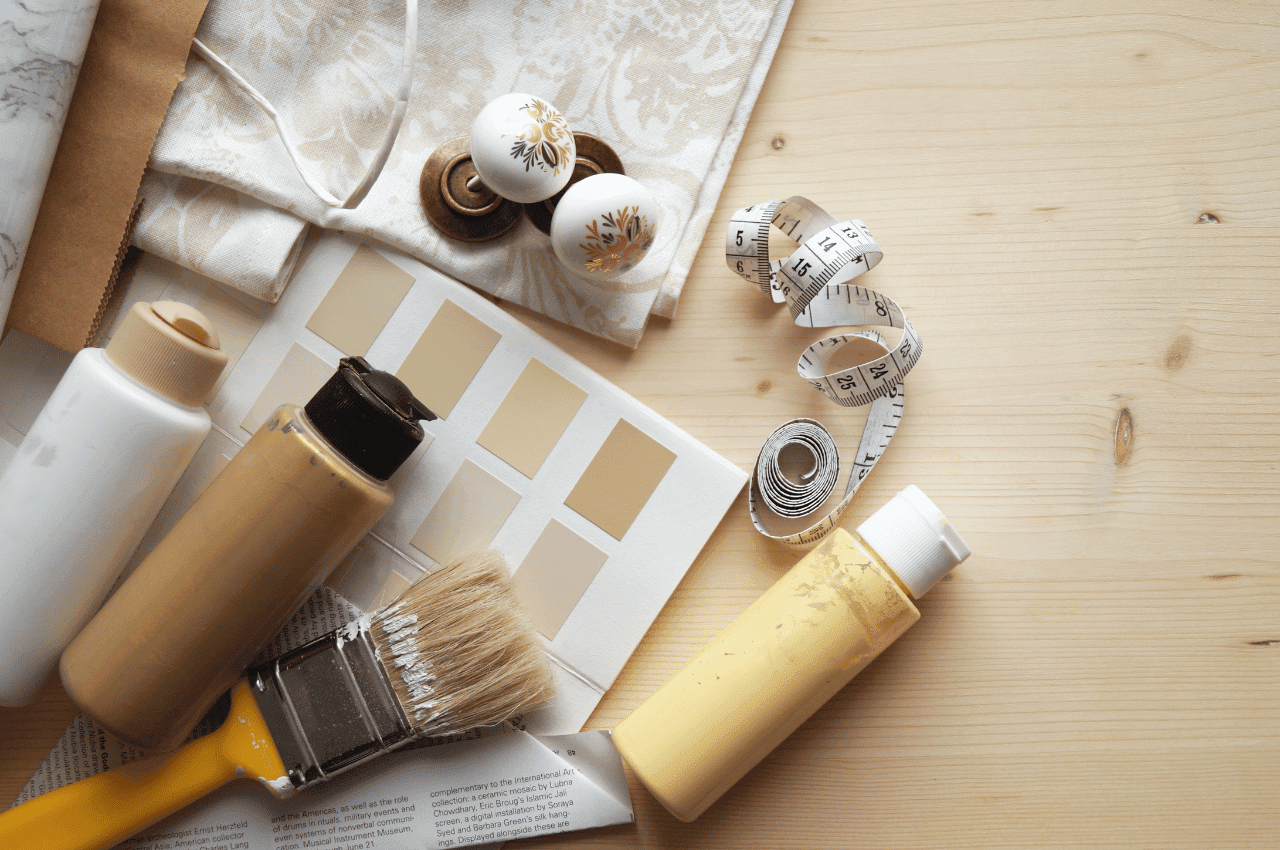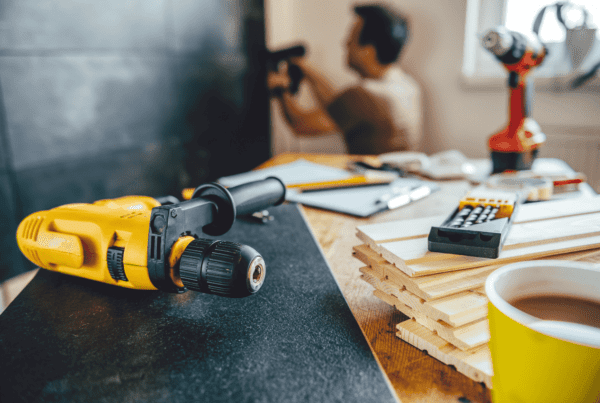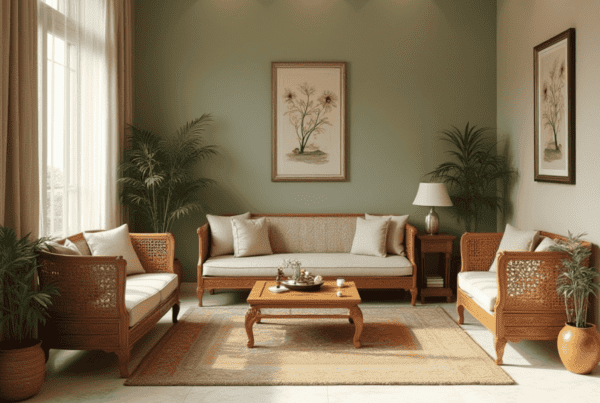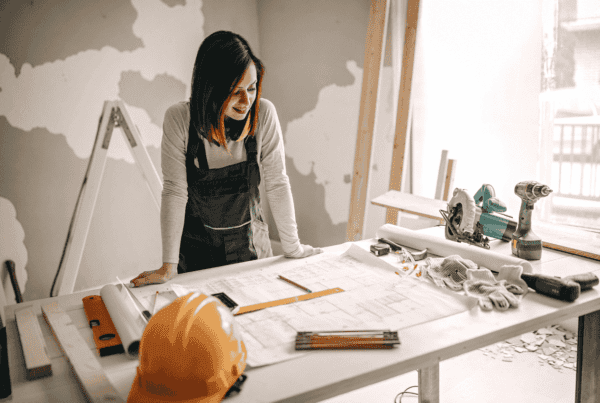Introduction
Transforming your home doesn’t have to cost a fortune. With the right strategies, a bit of planning, and some creative thinking, you can achieve a stunning makeover without draining your bank account. Whether you’re sprucing up a small apartment or revamping an entire house, these budget-friendly home renovation and design tips can help you save money while getting the results you want.
Renovating on a budget isn’t about cutting corners—it’s about making smart choices. Here’s how to do it right.
1. Start with a Solid Plan
Jumping into a renovation without a plan is a recipe for overspending. Start by listing down everything you want to change or improve. Then, prioritize based on your needs vs. wants. Are you trying to improve functionality, add storage, or simply refresh the aesthetics?
Break your project into phases if needed. Planning helps you stick to your budget, avoid unexpected costs, and make informed decisions.
Pro tip: Use free design apps or mood boards to visualize your space and compare options before making a decision.
2. Set a Realistic Budget (And Stick to It)
Decide how much you’re willing to spend, then allocate funds for each part of your renovation—labor, materials, furniture, décor, and a contingency (10-15% for unexpected costs).
Always get multiple quotes from contractors and be transparent about your budget from the start. You’d be surprised how many professionals can tailor their services to match your financial limits without compromising quality.
Avoid: Expensive impulse buys, hidden upgrade costs, and poor-quality materials that may require future repairs.
3. Reuse and Repurpose
Before discarding old furniture or fixtures, examine whether they can be reused or given a new look. An old wooden cabinet can be repainted and used as a vanity. A tired sofa can look brand new with a slipcover and new cushions.
Repurposing ideas:
- Use old wooden pallets to build coffee tables or wall shelves.
- Reupholster old chairs or benches instead of buying new ones.
- Turn leftover tiles into coasters or a small backsplash.
You will save money while reducing waste.
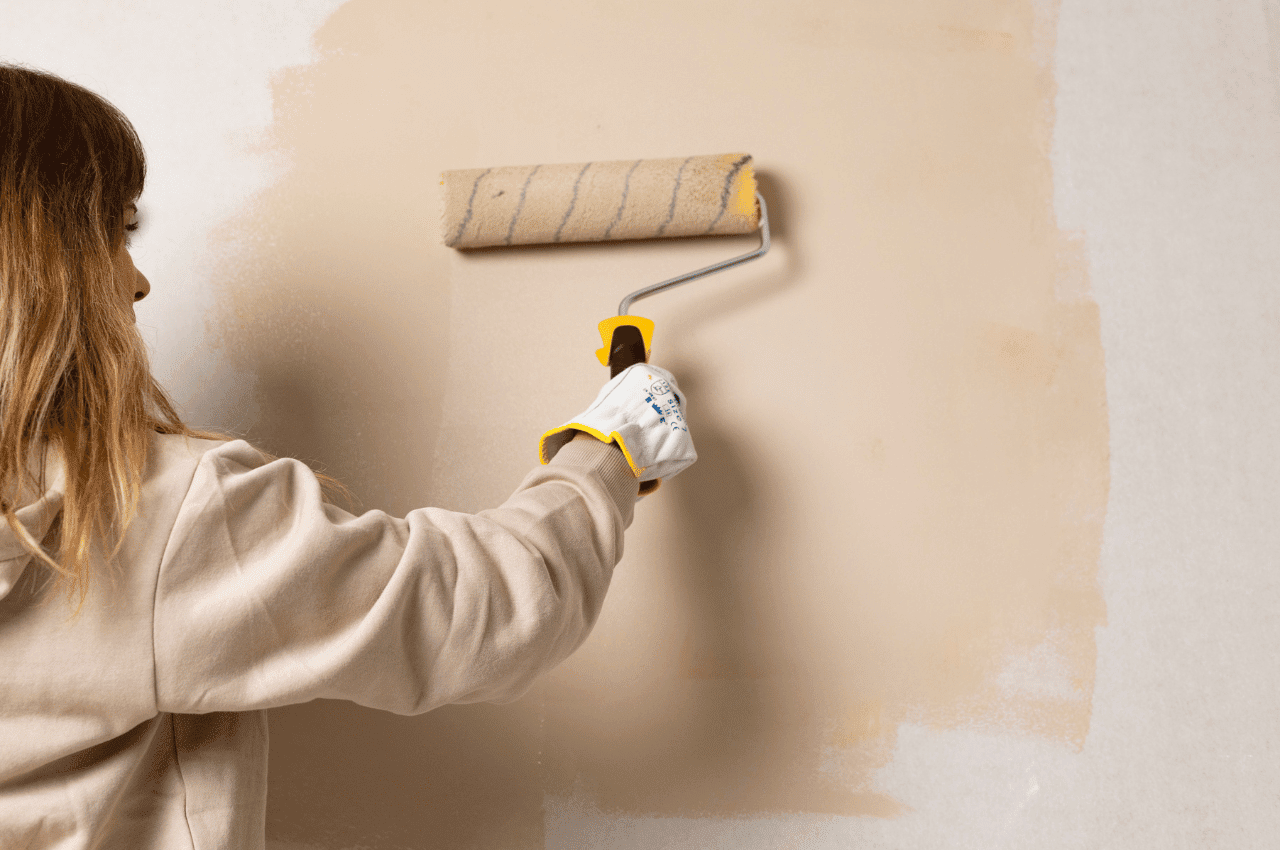
4. Go for Paint Over Full Replacement
A fresh coat of paint can dramatically change how a room feels—at a fraction of the cost of new materials. Walls, cabinets, doors, and even tiles can be repainted using the right primers and paint types.
Opt for light, neutral colors to create an open and airy feel, or go bold with an accent wall. Do not underestimate color’s transformative effect.
Budget tip: Use leftover paint creatively for small projects such as painting plant pots, side tables, or picture frames.
5. Focus on High-Impact, Low-Cost Upgrades
You don’t have to renovate everything to see a big difference. Some upgrades make more visual impact than others while keeping costs low. Examples include:
- Lighting: Replace outdated fixtures with modern, energy-efficient ones.
- Handles and knobs: Swapping old hardware on cabinets and doors can instantly update their look.
- Switch covers and outlets: Simple changes that contribute to a more modern look.
- Open shelving: Remove upper cabinet doors in kitchens for a modern, budget-friendly facelift.
Small touches often make the biggest difference when done strategically.
6. DIY Where You Can
Labor costs can take up a significant portion of your restoration budget. Completing some activities yourself, such as painting, building furniture, or installing shelves, can drastically reduce costs.
There are countless online tutorials and step-by-step guides to help you through even complex-looking projects. However, know your limits. It’s worth hiring a professional for plumbing, electrical, or structural changes to avoid costly mistakes.
Easy DIY projects:
- Accent walls with wallpaper or peel-and-stick decals
- Custom wall art
- Refurbishing old furniture
- Installing floating shelves

7. Shop Smart: Mix High and Low
It’s tempting to go all-out with designer furniture and branded tiles, but this isn’t necessary to achieve a stylish home. Save on the basics, and splurge only where it truly matters—like a quality sofa, ergonomic chair, or durable flooring.
Money-saving ideas:
- Buy second-hand or from clearance sales
- Shop at budget-friendly stores like IKEA, Taobao, or local warehouse outlets
- Hunt for bargains on Facebook Marketplace or Carousell
Mix high-end finishes with affordable basics for a balanced and budget-conscious design.
8. Use Mirrors to Make Spaces Look Bigger
Mirrors are an affordable design trick to make rooms look larger and brighter. Placing a large mirror across from a window reflects natural light, giving the illusion of more space.
Mirrored furniture or small decorative mirrors grouped can also create a stylish and modern look on a budget.
Style tip: Thrifted mirrors with interesting frames can double as statement pieces.
9. Add Greenery for a Fresh Look
Plants are one of the most cost-effective ways to breathe life into your space. They add color, texture, and a calming vibe to any room.
Choose low-maintenance indoor plants such as snake plants, pothos, or succulents. DIY your planters using recycled containers, tin cans, or painted jars to save even more.
Faux plants can look beautiful in well-lit corners or on shelves; just don’t go overboard.
10. Maximize Storage Creatively
Smart storage solutions can transform a cluttered room into a functional, organized space. Instead of bulky storage furniture, consider:
- Floating shelves
- Under-bed storage boxes
- Wall-mounted hooks or pegboards
- Multi-purpose furniture (e.g., ottomans with hidden compartments)
This strategy minimizes the need for additional furniture while boosting use and appearance.
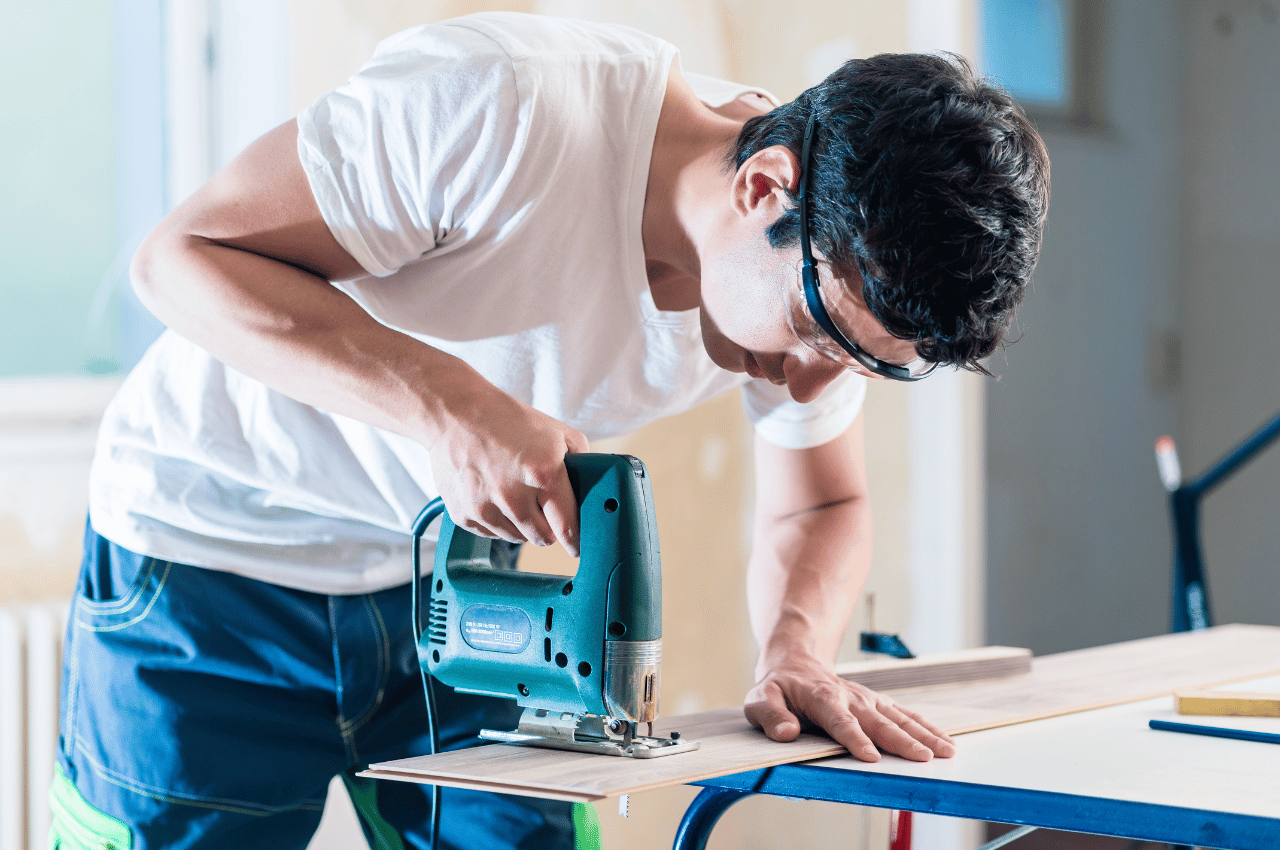
11. Update Soft Furnishings
You don’t need a complete furniture overhaul to give your home a fresh feel. Updating soft furnishings, such as curtains, cushions, bed linens, or rugs, can instantly alter the ambiance.
Choose fabrics and textures that suit the season or your desired aesthetic. Mix and match patterns for a lively, updated look.
Budget tip: Shop online or during festive sales, and rotate items through the year to keep things feeling new.
12. Don’t Overlook Curb Appeal
If you live in a landed property or have a balcony you may improve your outdoor space on a budget. Paint your front door, add outdoor lighting, or place a couple of potted plants by the entrance.
Clean, repair, and repaint where needed. These small improvements not only look better but can also boost your property’s resale value.
Final Thoughts
Renovating and designing your home on a budget is completely achievable—with the right mindset and a bit of creativity. Instead of focusing on how much you can’t do, think about how much you can do with limited resources. Whether it’s a small studio apartment or a terrace house, small changes add up.
The key is to plan well, reuse where possible, prioritize high-impact upgrades, and never underestimate the power of paint, lighting, and soft furnishings. With these budget-friendly home renovation and design tips, you’ll be surprised at how stylish and functional your space can become—without overspending.


